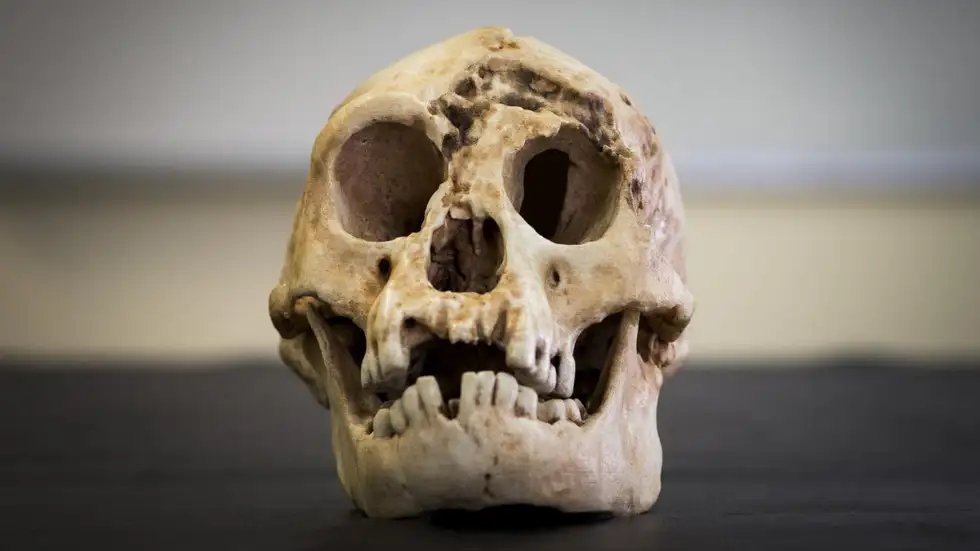
#Japan is making grand plans of creating interplanetary #trains and champagne flute-like glass habitats in its bid to send and host humans on the #Moon and #Mars!
Read: weather.com/en-IN/india/sp…
📸: Youtube SC/Kajima Corp.
Thread. 👇
Read: weather.com/en-IN/india/sp…
📸: Youtube SC/Kajima Corp.
Thread. 👇

An interplanetary transportation system dubbed the 'Hexatrack', which maintains a gravity of 1G during long-distance travel to mitigate the effects of prolonged exposure to low gravity, has been proposed by #Japanese researchers.
The #trains will also possess 'Hexacapsules', which are essentially hexagon-shaped capsules with a moving device in the middle. 

The station on the #Moon will be called Lunar Station and use a gateway satellite.
The station on #Mars, named Mars Station, will be located on the Martian satellite Phobos.
The Earth station will be called Terra Station.
The station on #Mars, named Mars Station, will be located on the Martian satellite Phobos.
The Earth station will be called Terra Station.
To address the low #gravity issue that humans might face on #Moon and #Mars, the researchers also plan to build a champagne flute shaped habitat called "The Glass" with artificial gravity, complete with public transportation, green areas and water bodies. 

The conical design of the structure will create artificial gravity capable of generating gravity equivalent to that of the Earth's environment by utilising centrifugal force caused by the rotation of #Moon and #Mars in space. 

#Japanese researchers are hoping to build simplified prototype versions of the Lunaglass & Marsglass by 2050, but #Japan's The Asahi Shimbun reported that the final version would take close to a century to become operational.
• • •
Missing some Tweet in this thread? You can try to
force a refresh












